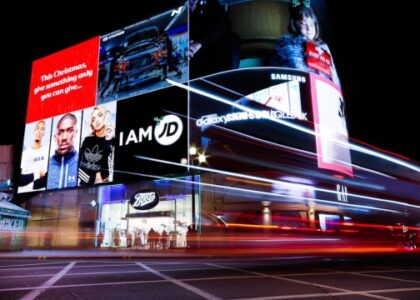Actuators can push, for example, pull loads from 1 to 500 kgs. what’s more, climb until 609.60mm The conventional job of actuators in off-thruway vehicles has involved the use of power under the directing control of the administrator to play out an errand. As vehicles become more refined, OEMs are adding state of the art includes that ordinarily include the utilization of electronic controls to convey more mind boggling movement, Linear Actuators improved movement, more secure movement, and so on. For instance, a delight stick gives contributions to a control that drives electrical actuators that steer the tracks of a pallet.

Intervening the control framework between the driver and the directing stuff makes it conceivable to work on the wellbeing of the vehicle by drawing certain lines on the speed with which the vehicle can be passed through a turn. Or on the other hand, an installed PC controls a development tractor to .consequently increment the choke on a case by case basis to work water driven gear and afterward diminishes the choke to get back to the inactive position when power is not generally needed. A significant obstruction to additional advances in this space is the impediments of regular actuator innovation. Customary water driven and pneumatic actuators regularly run from one finish of the reach of movement to the opposite end with practically no means for precise mid-range situating which is expected by essentially the more modern applications in general.
Pneumatic and water driven actuators are some of the time fitted with electronic shut circle input, however this adds significant expense and intricacy since both electronic and water powered or pneumatic controls and cabling are required. Pneumatic and pressure driven actuators likewise require massive siphons and valves, and sending weighty links anyplace that power is to be sent or controlled .Hence there has been a huge pattern towards the utilization of electric actuators. Electric actuators emphatically decrease the quantity of parts expected by taking out the required parts of a water powered framework, for example, supply, siphon, DC engine, engine hand-off, solenoid valve, check valve, water driven chamber and press button station.
They supplant awkward and now and again perilous pressure driven hoses with little, light wires and use actuators that are normally more modest, and lighter than pressure driven chambers fostering a similar power and stroke. Furthermore, electric actuators are extensively less boisterous than a water powered framework. One electrical actuator choice comprises of servo and stepper engine actuators that are commonly intended to work in a modern cycle with an extremely elevated degree of exactness and repeatability furthermore, a 100 percent obligation cycle.
These engines are very costly and, by and large, their significant expense isn’t supported for off roadway vehicle applications where items are situated a couple of times 60 minutes as opposed to persistently and precision of 1/16 of an inch instead of 0.001 inch is adequate.DC actuators give a considerably less costly elective that meets the prerequisites of generally off parkway vehicle applications. In any case, regular DC actuators require various extra parts, for example, the H-span, which is required for turning around the course of the engine, as well as power, control and position detecting frameworks. These additional items increment the expense and intricacy of the actuator requiring extra cabling and connectors and additional means during the gathering process and during upkeep.





